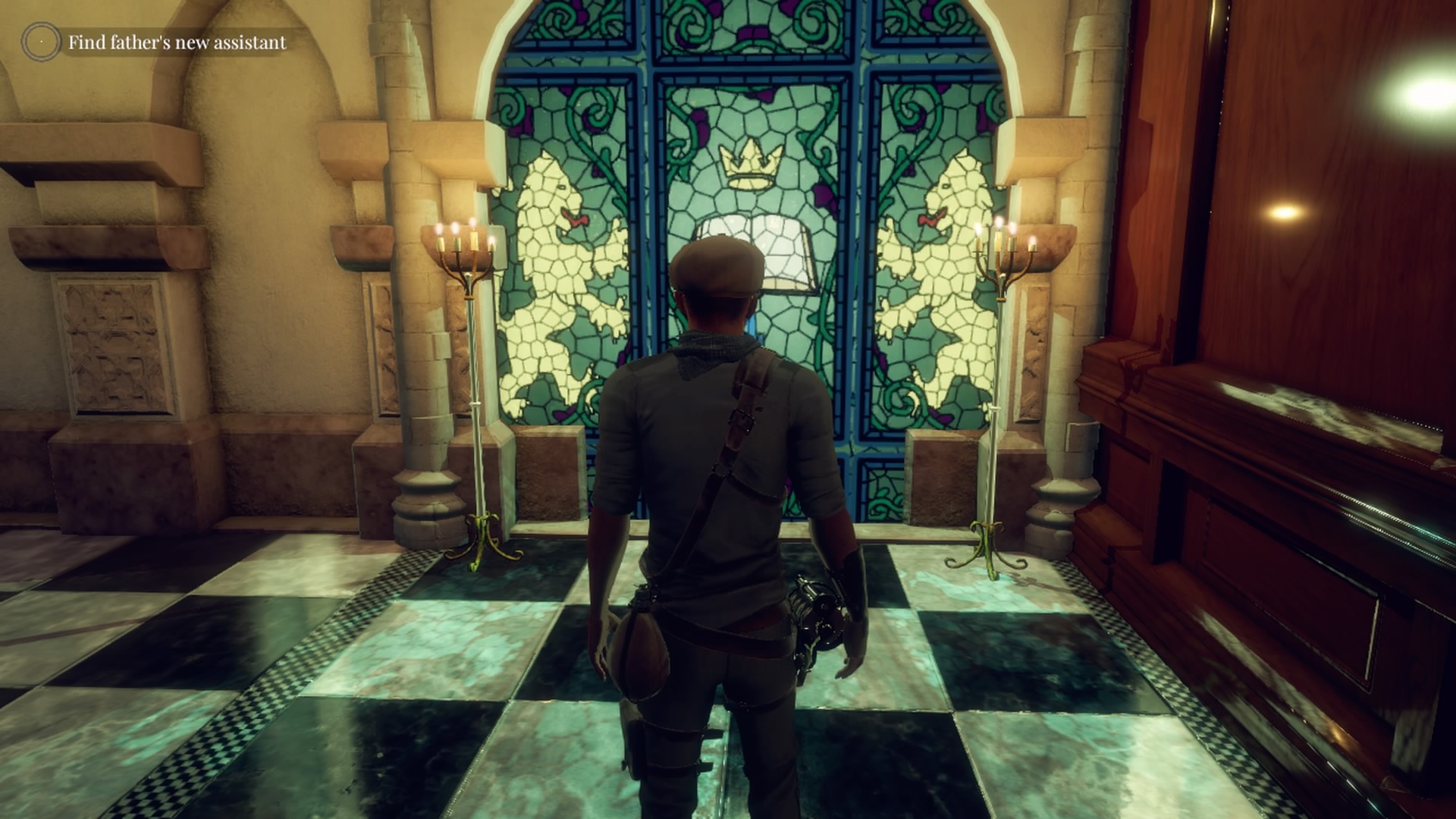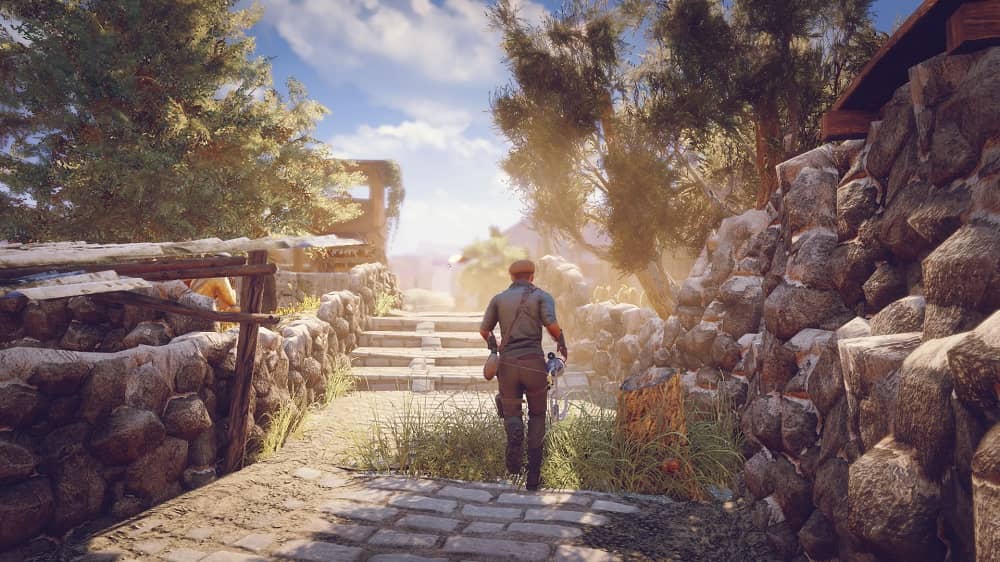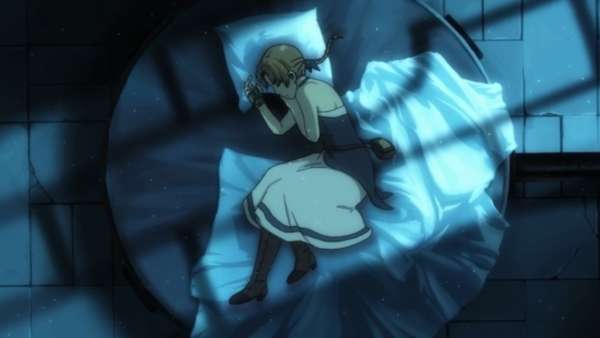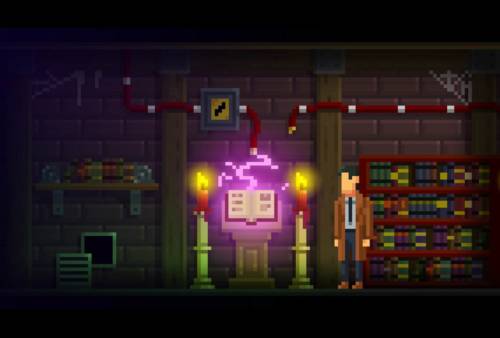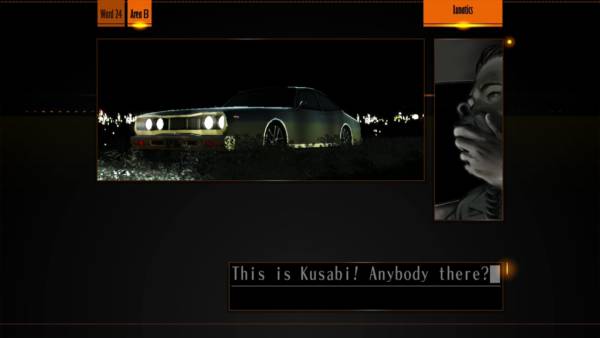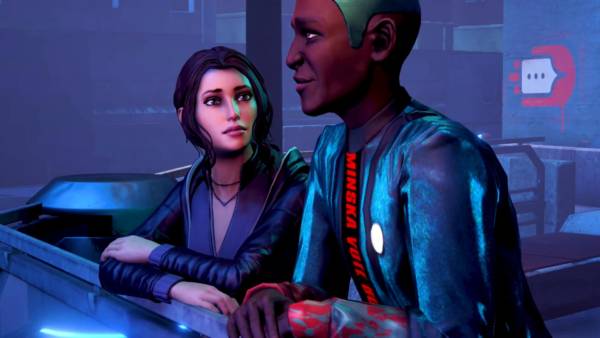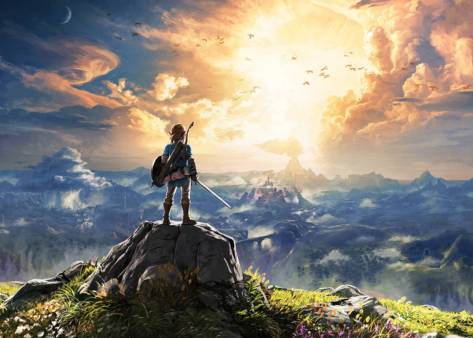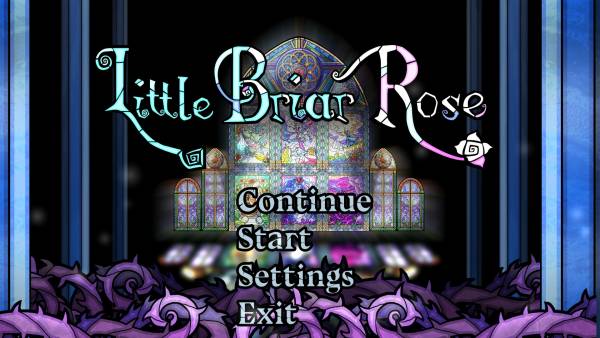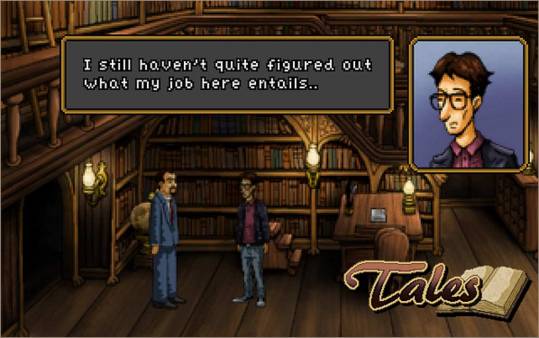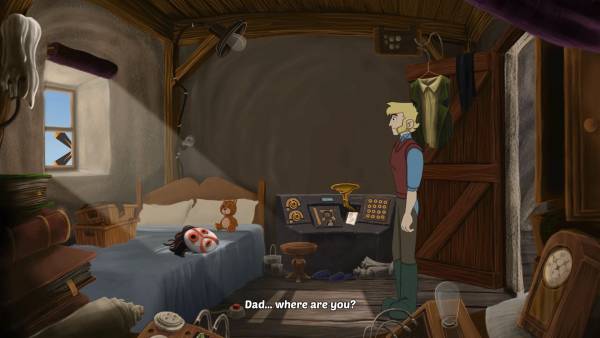This review of Adam’s Venture Origins contains minor spoilers for how to complete certain puzzles within the narrative as part of the critical analysis.
From 2009 to 2012, a small studio named Vertigo Games released Adam’s Venture, a three part puzzle-adventure game that focused on the story of a spunky young man who assists his father on his archaeologist exploits. Taking inspiration from the adventures of Indiana Jones, Tomb Raider and the Broken Sword series, they succeeded in making a modest adventure which received mixed critical acclaim. Eager to return to their roots, the original developers revealed that they would be remaking the trilogy, with Adam’s Venture Origins being the result of their labours. While the new version of these adventures do feel a more rounded experience, there are a few issues which hold back Adam Venture’s journey from being one of the more recognised heroes in the history of adventure games.
After discovering the location of the fabled Garden of Eden, Adam Venture, along with the help of his father’s assistant, Evelyn Appleby, embark on a quest to find the legendary Biblical location. Along the way, they learn of a sinister corporation who is hoping to exploit the garden for their own means, as well as another famous religious landmark hidden somewhere in Jerusalem. Unlike many of the remasters that have been developed in the past few years, Adam’s Venture Origins has been entirely rebuilt using a different game engine, moving from Epic’s Unreal Engine to the latest version of Unity. From a graphical perspective, the adventures of Adam and Evelyn look entirely different from their original counterparts, opting for a photo-realistic approach instead of an illustrated style like you would see in a graphic novel. The clothing styles have stayed the same, but some characters have been altered dramatically, such as Evelyn, who now possesses a brunette tone on her hair, instead of being bleached blonde. On the highest settings, it could easily equal some of the triple A blockbusters such as The Last of Us and Until Dawn. Unfortunately while the locations and character models created are of high quality, their in-game animations seem a little robotic, particularly when picking up objects or interacting with the environment, and the lip syncing during dialogue rarely matches with what is being said on screen.
